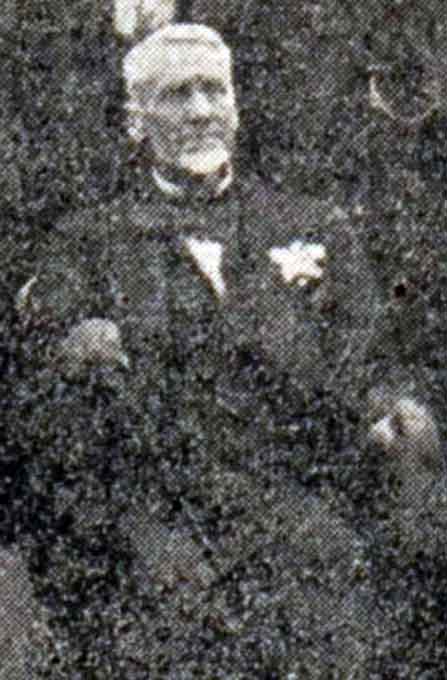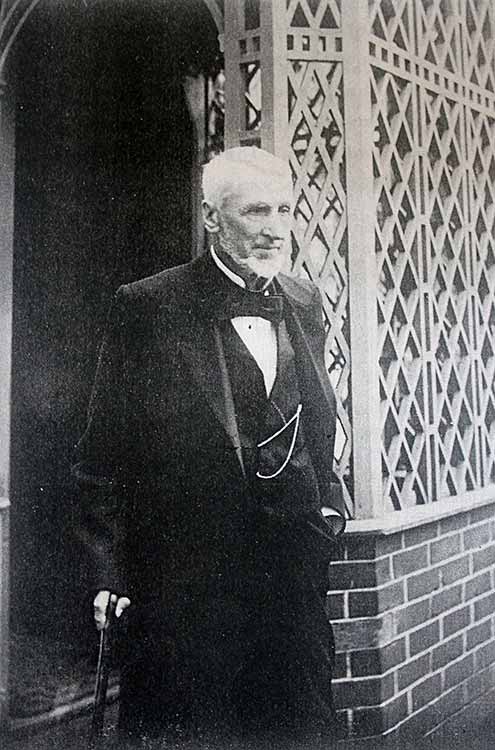
Richard Peter was born on the 9th of October 1809 at Bodmin to John and Mary (nee Hender) Peter. He was the brother to John Turner Peter; Sarah Hender Peter; Mary Hender Peter; Jane Peter; Edwin Peter and Simon Peter. His father was a Solicitor. On the 11th of May 1847 he married Anne Sophia Smith at Werrington and together they had four children; Apsley Petre Peter born 1 Oct. 1849, Claude Hurst Peter born 15 Mar. 1852 , Otho Bathurst Peter b. 11 Feb. 1854 and Adeline Mary, b. 5 Oct. 1861.
In 1832 together with two other young men from Liskeard where he was qualifying as a solicitor, he helped form the Liskeard Literary and Scientific Institution and he would deliver many a lecture on literary and scientific subjects. He held a profound knowledge of Latin having been taught by his father John, and in 1837 he translated the old Latin Court Rolls of the Manor of Corfe.
He was admitted as a solicitor in 1838 working at Launceston and quickly acquired a high reputation for a deep knowledge of law and for his abilities as an advocate. His services were in great demand to the courts. By 1860 he was elected to the borough council and served as an alderman up to 1874 when he became town clerk, a role that he was to continue until 1885 when his son Claude took over. He was the Mayor in 1864 the year before the railway came to Launceston, a scheme that he was instrumental in its success. He was largely responsible for the establishment of Launceston’s monthly cattle market. In 1890 Richard was appointed to the Launceston magisterial bench, and later he was also raised to the County bench.
From his early days he was an ardent Liberal politician, and , being a fluent speaker, proved a valuable asset to the Liberal party in the district. As previously mentioned he could read Latin, but he also held the ability to also read Hebrew, Chaldean and French. Along with his son Otho in 1883 he wrote the book ‘The Histories of Launceston and Dunheved’. It is largely due to Richard that we still have the Southgate, as in 1842 he opposed the move to demolish it as the North and West gates had been. In fact in 1886 he subsequently purchased the Cottage (below right) by the Southgate and had it demolished and spent several hundreds of pounds in the construction of the pedestrian way and the restoration of the Southgate before handing it over to the borough council for Queen Victoria’s Jubilee in 1887. He also, at his own expense improved the approach to Windmill lane at the bottom in 1847 and always offered to any scheme that would improve the town.
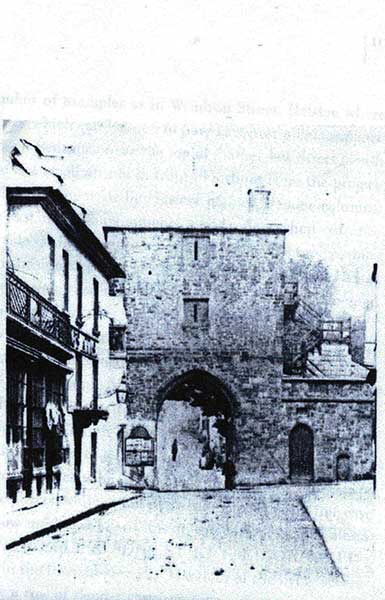
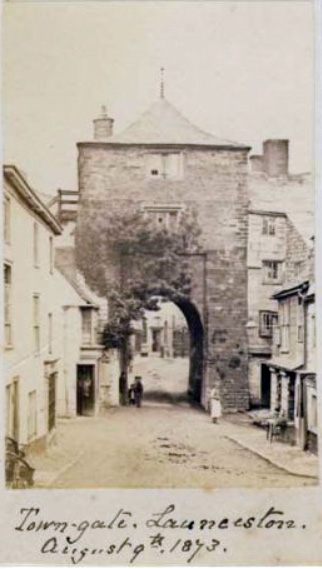


In 1908 he was the first person to be presented with the freedom of the borough. The Mayor (Mr. W. H. Symons) referred to him as a well known and popular advocate, popularly known as the miner’s friend, a man who had many times fought the legal battles of miners without hope of fee or reward, and who in consequences of the championship of their cause had been called the “poor man’s lawyer”.
The Duke and Duchess of Cornwall, when visiting Launceston in June of 1909, (his 100th birthday was approaching) complimented him on his great age. The actual day the Borough standard was hoisted on the Castle keep, the bells of the church rang out merry peals and flags floated from the clubs of both political parties.
Richard passed away on the 15th of August 1910 after a short illness at his home in the Walk (below).
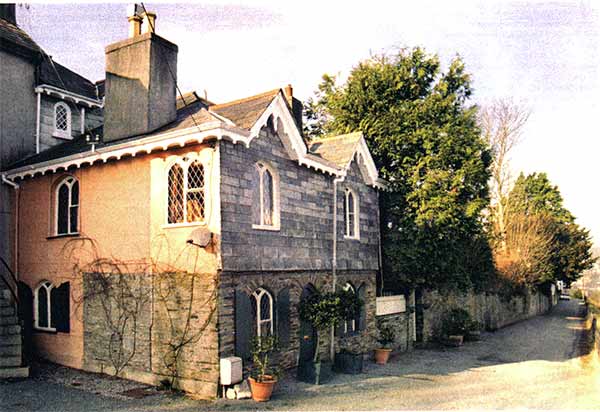

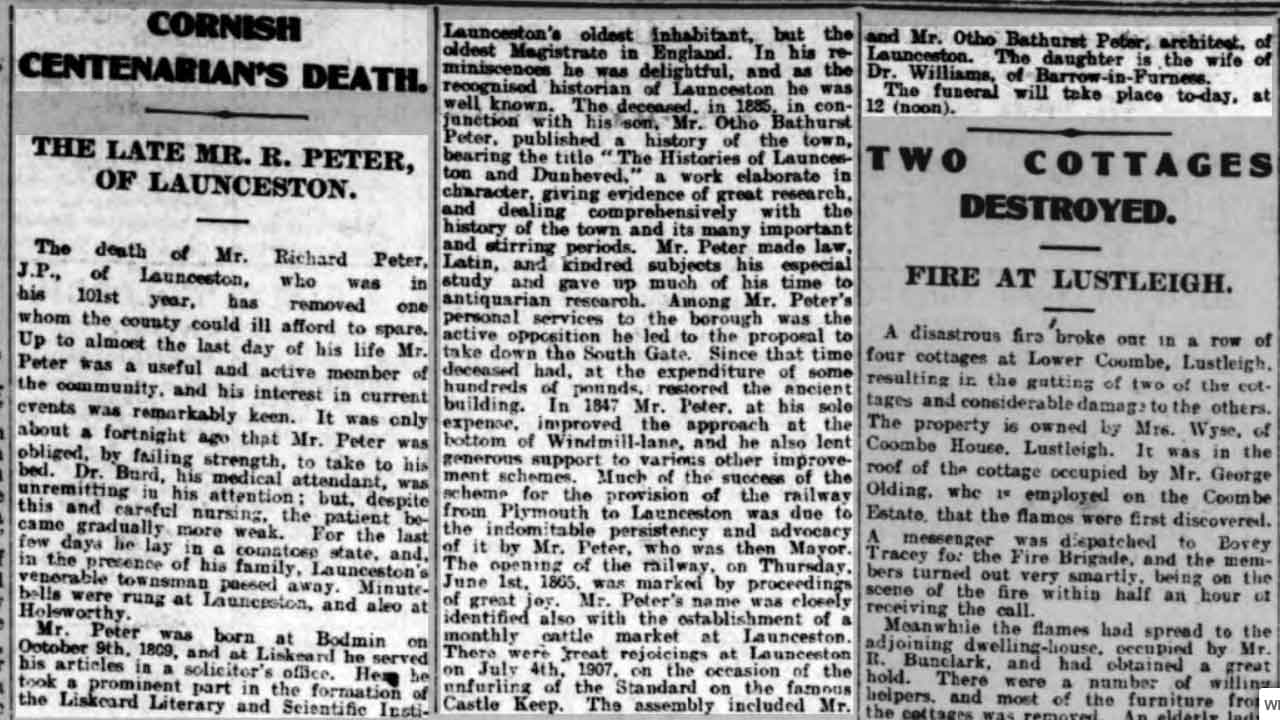

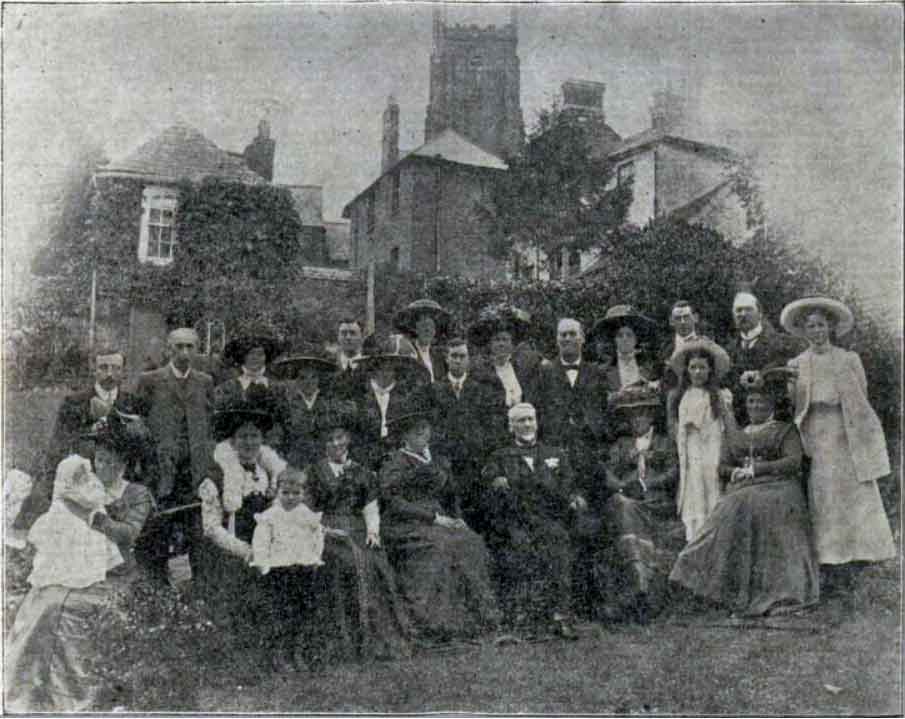
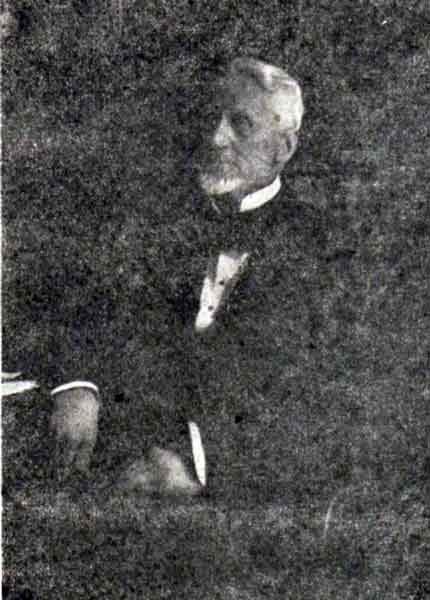
Visits: 46


